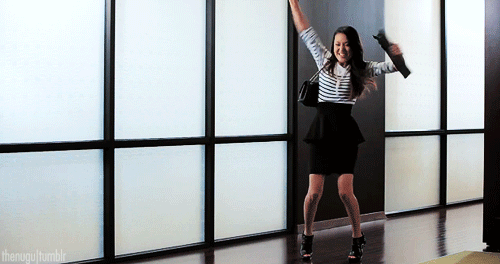Following the previous sketch. I decided to make a continuation to the participatory alternative narrative. During the walk up the stairs in 89 steps, Martha feeds you information to you while you walk up the steps. When you stop, she will tell you ‘her dog can do better’ or ‘we wasted enough time, let’s continue.’ I decided to replicate that idea into two comparison shots. I walked up the staircase slowly for the first shot and I ran up the stairs the next. Unfortunately, I could not record my audio so I inserted a text on where the audio should come in. The audio follows the way you continue the narrative. If you are too slow, someone will say to hurry up and if you are too fast, someone will say to wait for them. It makes it more interactive in a sense of you are there to experience it.
This one was fairly easy to do. Just run up and down the stairs at different pace. The only problem I had was starting the shot at the same place. To encounter this problem, maybe I need to have a mark so that I capture the angle. Other than that, this was an interesting aspect to work on.
From this, I realise that the audio really enhance the participation in the narrative. It feels like someone lags behind and calls out for you when you are too fast or someone tells you to quicken your pace when you are too slow. You feel like you participating because you feel a sense of presence in that short.








